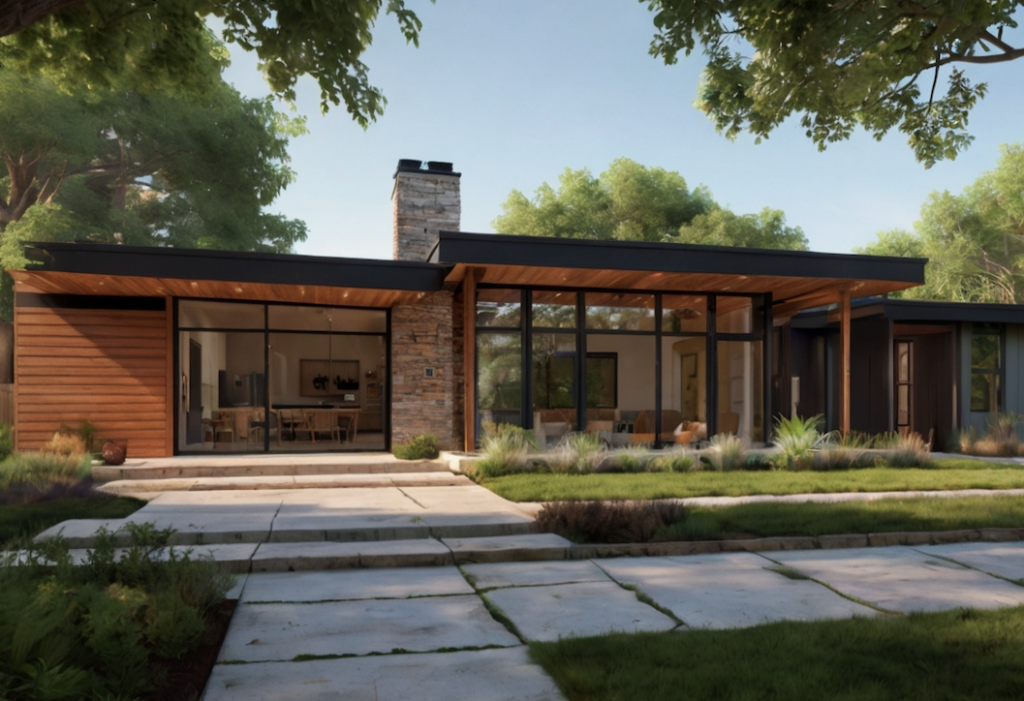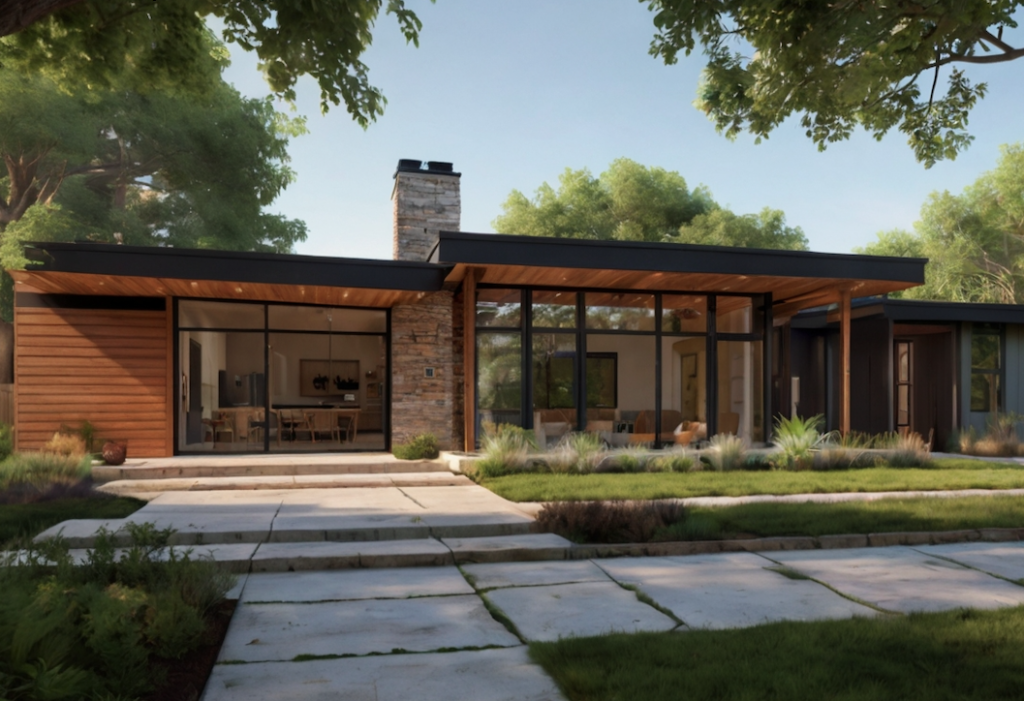Growing up in Cyprus, I was surrounded by a deep reverence for nature. Our homes weren’t just structures; they were extensions of the earth, designed to coexist harmoniously with their environment. As I’ve navigated the modern world, I’ve come to appreciate the wisdom of these ancient architectural principles, offering valuable lessons for sustainable living in today’s world.
Contrast the energy-guzzling behemoths that dominate modern suburban landscapes with the graceful simplicity of a traditional Cypriot home. The latter, born from a deep understanding of climate and resources, offers a masterclass in sustainable living. Let’s delve into the heart of these eco-friendly designs and explore how their wisdom can be applied to contemporary homes.
Harnessing the Power of the Sun: Light, Ventilation, and Passive Cooling
Cypriot homes are bathed in sunlight for most of the year. Our ancestors were masters of harnessing this natural resource. Large windows and doors were strategically placed to capture cooling breezes while offering stunning views of the surrounding landscape. The concept of passive cooling was ingrained in their design philosophy. Thick stone walls acted as thermal mass, absorbing heat during the day and releasing it slowly at night, creating a naturally regulated temperature.
To emulate this in your modern home, consider working with a local home remodeler and maximizing natural light through skylights and large windows. Strategically placed trees can provide shade during peak sun hours, while cross-ventilation can help circulate cool air. Remember, orientation is key. Position your home to take advantage of prevailing winds and minimize solar heat gain.

Building with Nature: Local Materials and Sustainable Construction
Cypriot homes were built with materials that were readily available and sustainable. Stone, the backbone of many structures, offered exceptional insulation, keeping homes cool in summer and warm in winter. Wood, often sourced from local olive or carob trees, added warmth and character. These natural materials created a harmonious connection with the environment.
While incorporating traditional materials might not be feasible in all cases, there are modern alternatives that capture their essence. Stone veneers can add a touch of rustic charm to your exterior, while reclaimed wood can bring warmth to interior spaces. Energy-efficient building materials, such as insulated concrete forms (ICFs), offer modern benefits while mimicking the thermal performance of stone.
Water Conservation and Sustainable Landscaping
Water scarcity is a reality in Cyprus, forcing inhabitants to develop ingenious water-saving techniques. Traditional homes often featured cisterns to collect rainwater, a practice that significantly reduced reliance on scarce water resources. Additionally, the integration of gardens and courtyards provided natural cooling, increased humidity, and created microclimates that enhanced comfort.
To emulate these practices, consider installing rainwater harvesting systems to supplement your home’s water supply. Drought-tolerant plants can create beautiful and low-maintenance landscapes, while efficient irrigation systems minimize water waste. By embracing sustainable landscaping, you contribute to a healthier environment and reduce your ecological footprint.
Conclusion
By incorporating these sustainable features into your home, you’re not just building a house; you’re creating a sanctuary that harmonizes with nature. These principles, rooted in the wisdom of traditional Cypriot architecture, offer a blueprint for a more comfortable, energy-efficient, and environmentally friendly living space.
Remember, it’s not about replicating a traditional Cypriot home but about capturing its essence and adapting it to your modern lifestyle. Start small, perhaps with a few strategic windows or a drought-tolerant garden. As you delve deeper into this sustainable journey, you’ll discover a world of possibilities. Your home can become more than just a shelter; it can be a testament to your commitment to a greener future.
So, embrace the wisdom of our ancestors and let your home become a haven of sustainability and comfort. After all, as the old Cypriot saying goes, “A house is not just a building; it’s a reflection of the soul.”

